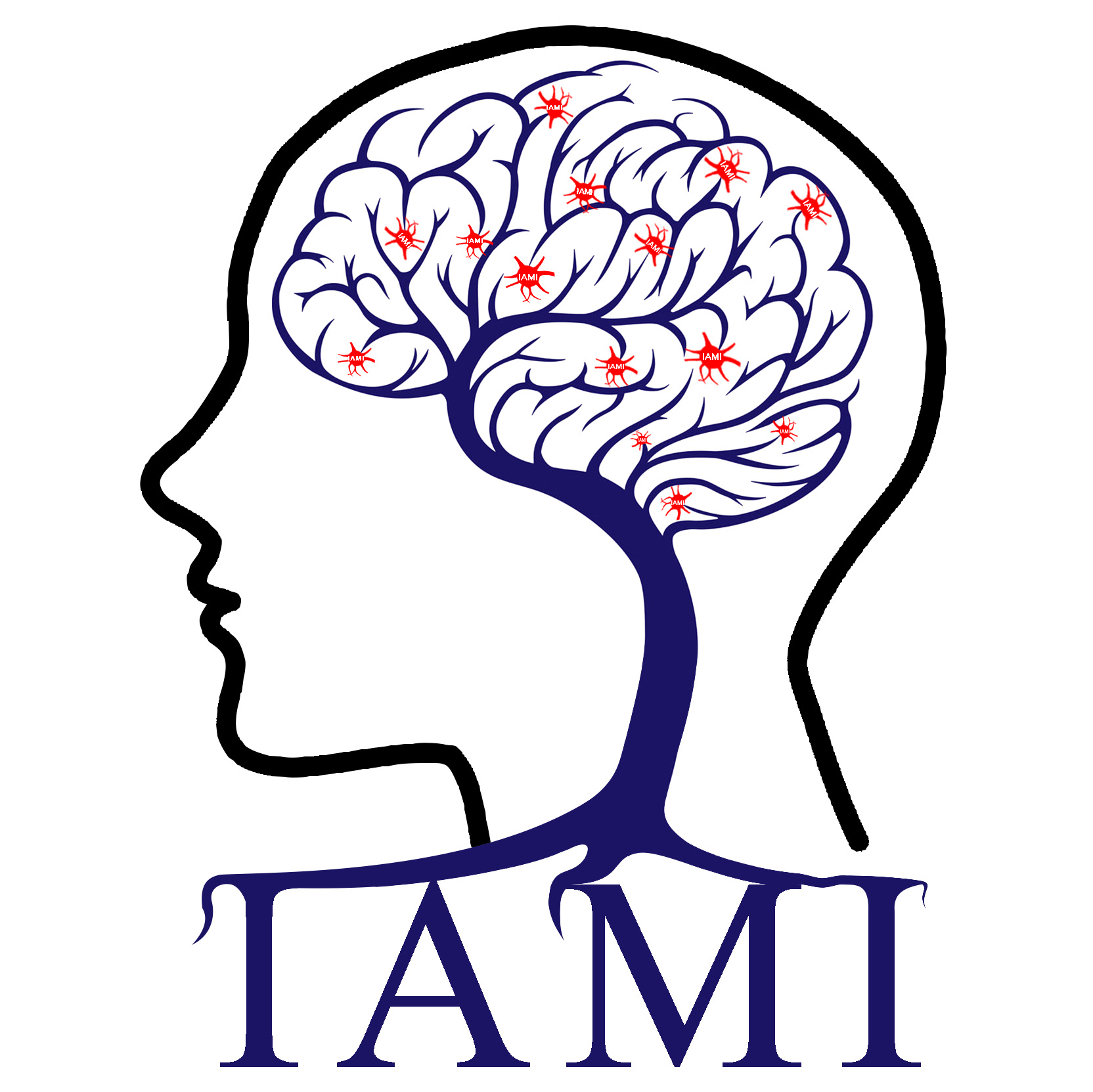
Yuhui Du Personal Website-Intelligent Analysis of Medical Image
Address:Taiyuan, China
Report about evolution, development and application of multi-modal brain mapping
时间:2020-06-21 17:31:29 来源: 点击:[1262]
01 time
09:00~11:00, July 7, 2020
02 theme
Evolution, development and application of multimodal brain mapping
03 reporter

Jiaojian wang, associate professor, master supervisor, school of Life Science and Technology, University of Electronic Science and Technology. In 2014, he graduated from the University of Electronic Science and Technology of China and majored in biomedical Engineering. 2017.7-2018.8 Postdoctoral research in University of Pennsylvania, USATo lead or participate in key and general projects of the National Natural Science Foundation of China and a number of horizontal projects. Currently, he has published more than 50 SCI papers in Cell, Journal of Neuroscience, NeuroImage, Human Brain Mapping, and other information, including one or more than 30 articles in communication. He has been cited for more than 1700 times (Google Scholar), and her research has won the second prize in natural science of CoREImage Society of China, and has been invited to present reports at international conferences and conferences for several times. In 2019, he were invited to give the keynote speaker at the fourth International Conference on Neurolinguistics. He is currently deputy Editor of Frontiers in Human Neuroscience, PLOS ONE Academic Editor. In addition, he is also a reviewer of more than 20 journals including Science Advance, Brain Psychiatry, Cocortex, NeuroImage, Human Brain Mapping, IEEE Transactions on Medical Imaging and other information.
Main research areas are the brain mechanisms linking brain mapping, neuromodulation therapy and translational diseases in animals. Major academic contributions: (1) the establishment of a computational theoretical framework for the mapping of human brain connections, (2) systematically studies the relationship between multi-modal connection patterns and brain mapping. (3) explore the evolution and developmental pattern of the connectives by constructing the connectives map of rhesus monkey, (4) the anatomical location of the Wernicke region of the classical language area was defined by the construction of the linkage map. (5) The brain mechanism of electroconvulsive therapy (ECT) and rhesus monkey transformed animal model was studied based on imaging omics.
Intelligent Analysis of Medical Image Laboratory
June 21, 2020

 Current location:
Current location: